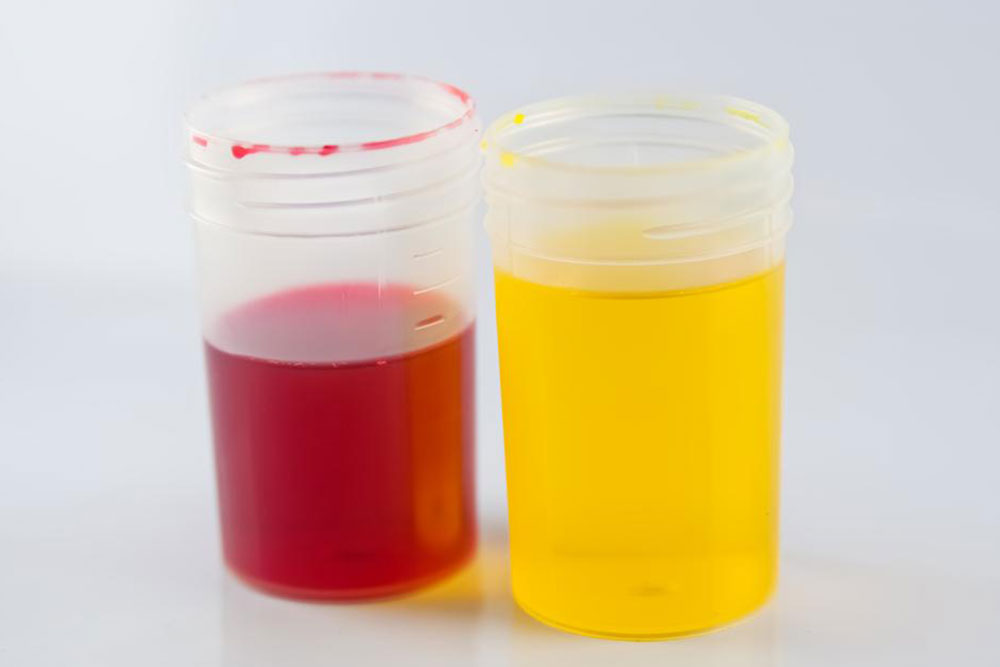Understanding Urine Colors and Their Health Implications
Discover what different urine colors indicate about your health and hydration. Learn how to interpret abnormal urine colors such as brown, red, blue, or foamy, and when to seek medical advice. This guide helps you understand your body's signals through urine analysis for better health management.

Understanding Urine Colors and Their Health Implications
While discussing urine is often considered taboo, the color of your urine can provide vital insights into your health and hydration status. A urine color chart is a helpful tool to interpret these colors accurately. Below are eight common urine colors and what they signify:
Clear/Transparent: Indicates overhydration; you may need to reduce water intake slightly.
Pale Yellow: Signifies proper hydration and good health.
Dark Yellow: Suggests adequate hydration but warrants increasing water consumption.
Amber: Indicates dehydration; drink more water.
Brown: May point to liver issues or severe dehydration; consult a healthcare professional if persistent.
Light Orange: Could mean dehydration or liver problems; also possibly caused by food dyes.
It may also hint at bile duct issues or liver concerns.
Orange: Darker shades often result from medications like rifampin or phenazopyridine; seek medical advice.
Blue or Green: Unusual urine colors caused by food dyes, medications, or bacterial infections; medical consultation is recommended.
Foamy: Usually harmless but may indicate high protein intake or kidney problems; see a doctor if frequent.
Red: Could sign blood presence, food dyes, or medical issues, requiring prompt medical evaluation.
Monitoring urine color helps assess health status. If abnormalities appear, consult a healthcare professional before taking any medication or supplements.










